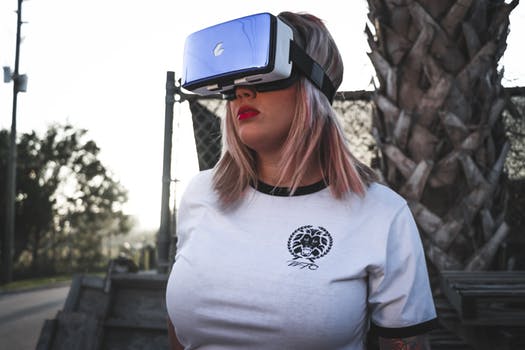Virtual reality might not already be mainstream in your sector, but it sure is in one of the services you rely on daily. Most people consider virtual reality only applicable in video games and movies, but it is a fraction of the ultimate expected experience. The technology is becoming affordable and is now appropriate to many consumer services beyond your imagination, and it is for a good thing. This article gives you insights on ways banks and credit unions are using virtual reality and what is in it for you depending on your relationship with them.
As a Showcase of Digital Banking Solutions
The institutions in the financial sector are jumping on to the VR bandwagon to show their solutions to the customer in artificial environments. Rather than spend much time explaining what to expect, they give the customer an immersive experience of the way things work out in the sector and what matters most in a given transaction. They use the artificial world to show short-term and long-term results of particular services on offer. Customers can ask any question, and the simulation will provide vivid depictions of the outcomes depending on the input the client offers and the size or features of the product.
As a Marketing Tool
 Virtual reality is giving customers and business a chance to interact adequately compared to the usual commercials seen on television. The customer has an opportunity to be part of the conversation and to offer input in real time. Banks and credit unions realize customers need to trust their brands. Thus, they invest much in marketing, and the virtual reality technology is allowing them to give customers access to shows they sponsor, access to backstage experiences and additional opportunities to grow the interaction with customers. Rather than listen to customers try to conjure an idea of their issue, they can let them develop these ideas with tools available in the virtual reality space to the satisfaction of both the institution and the customer.
Virtual reality is giving customers and business a chance to interact adequately compared to the usual commercials seen on television. The customer has an opportunity to be part of the conversation and to offer input in real time. Banks and credit unions realize customers need to trust their brands. Thus, they invest much in marketing, and the virtual reality technology is allowing them to give customers access to shows they sponsor, access to backstage experiences and additional opportunities to grow the interaction with customers. Rather than listen to customers try to conjure an idea of their issue, they can let them develop these ideas with tools available in the virtual reality space to the satisfaction of both the institution and the customer.
For Designing Futuristic Branches
Banks use the virtual reality to give customers a tour of their facilities and to introduce new concepts, which are still in the design phase. Customers see what is possible and offer their input. The same idea also extends to the way the bank serves customers with issues such as the integration of mobile technologies to make transactions safe and efficient. Customers can witness a simulation of products in use and consider whether it would be the right thing for them.
As a Tool for Customer Education
Most customers need financial education before choosing a particular investment or credit facility from the bank or credit union. They can use the virtual reality application to give customers tours, to tell them about the products and most importantly to allow the customer to learn at a pace, which is convenient for them. According to a blog, VR technology can also use artificial intelligence so that it becomes aware of the customers’ interaction and responds intuitively to their needs such as the provision of additional information that would be critical to their decision making and matching of individual interests.

